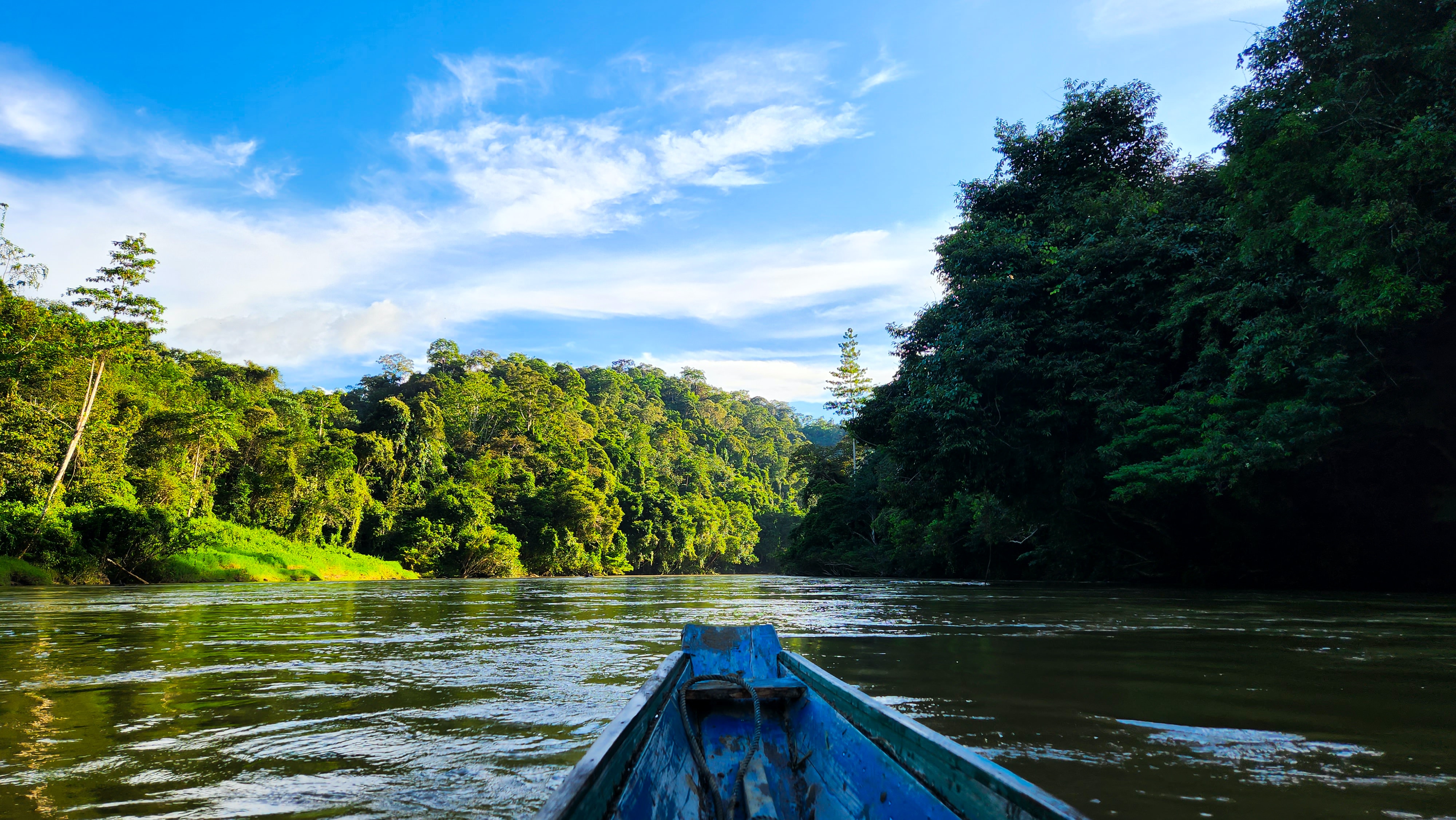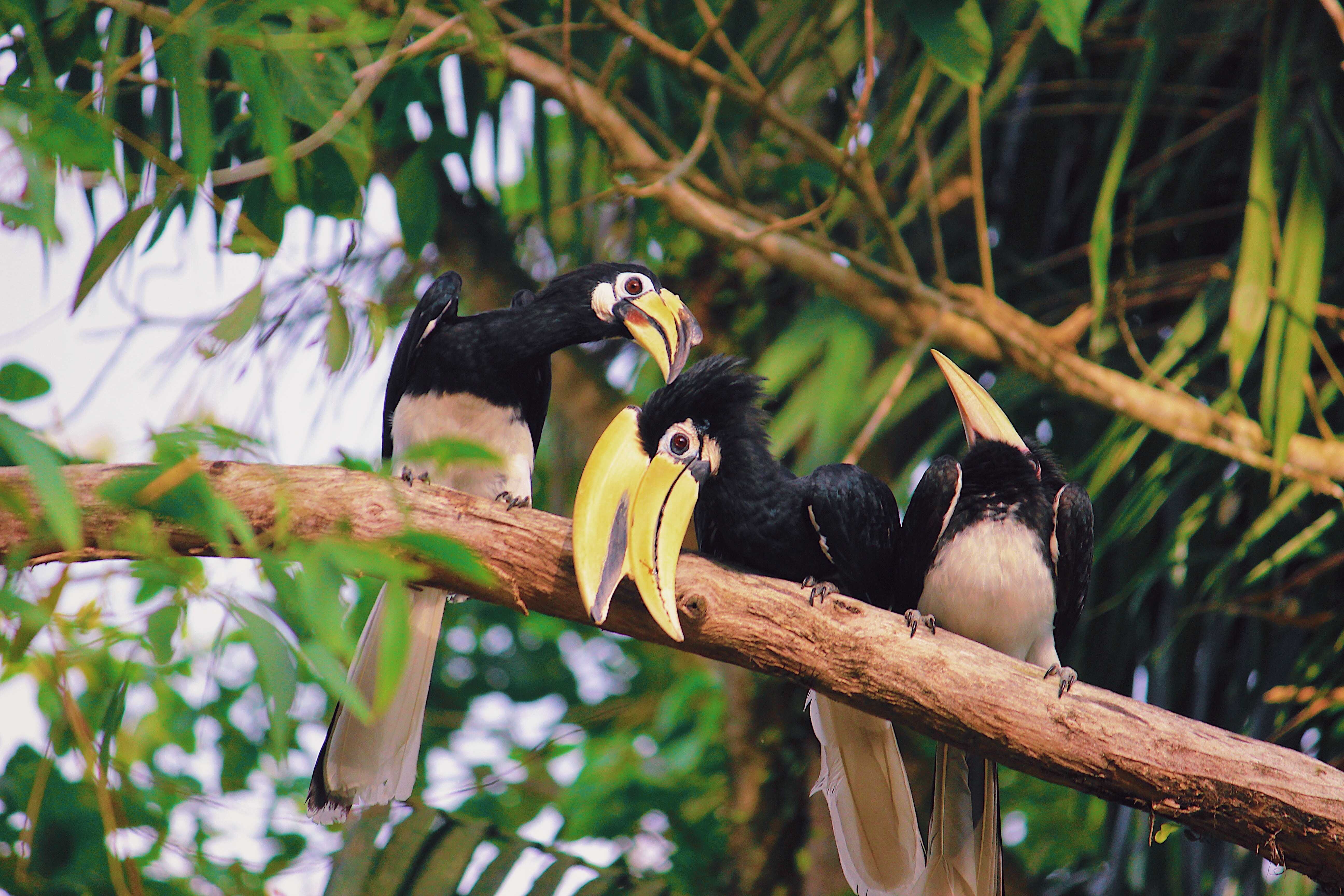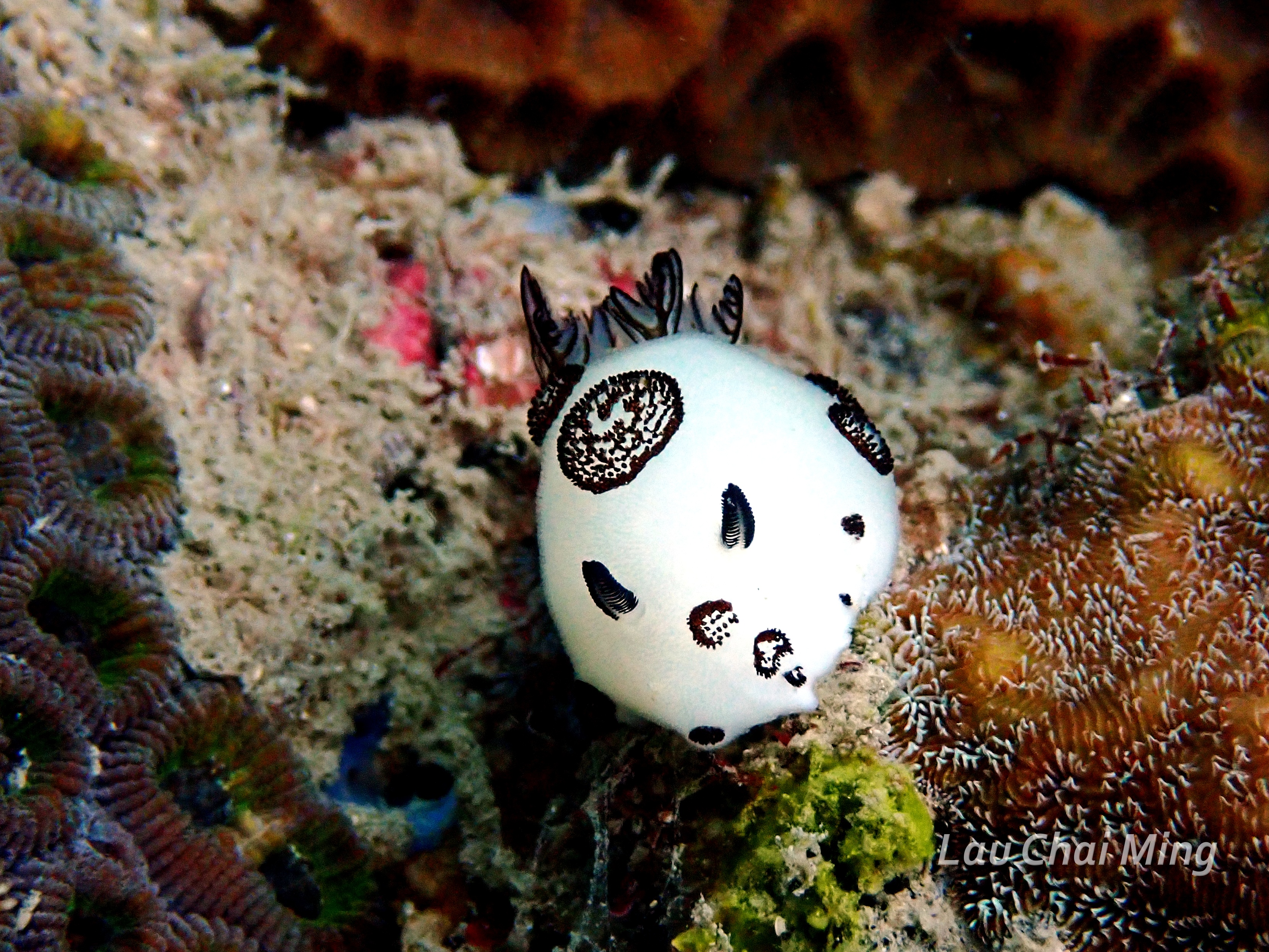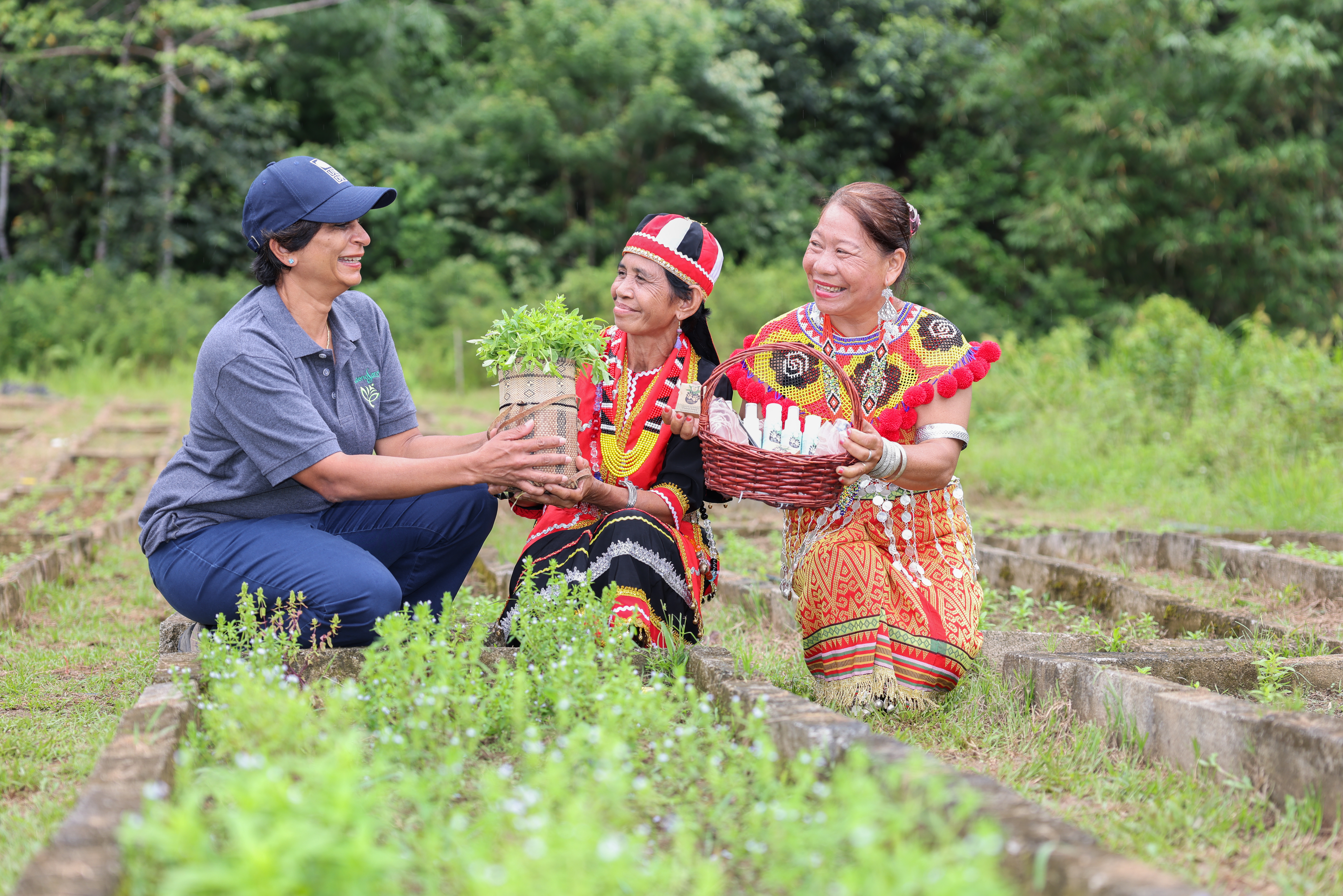Mainstreaming biodiversity in Malaysia through UNDP and Sarawak's collaboration
June 5, 2023
Written by: Lau Chai Ming (Edmund)
This year marks the 30th anniversary of the International Day for Biological Diversity (IDBD), celebrated under the theme ‘From Agreement to Action: Build Back Biodiversity’. It marks a pivotal year to work together towards achieving the shared vision of harmonious coexistence between human and nature by 2050.
Building back from the historic moment of the adoption of the Kunming-Montreal Global Biodiversity Framework (KMGBF) at the 15th Conference of the Parties (COP15) in December 2022, the focus now shifts towards translating this global agreement into tangible actions. The framework is a comprehensive roadmap that outlines four ambitious goals with 23 targets for biodiversity conservation and sustainable use of natural resources, as well as a means to address the key drivers of the global biodiversity crisis.
Malaysia is known as one of the world’s 17 mega-diverse countries for its remarkable biodiversity and natural resources, and for its part, the country has recognized the importance of this biodiversity for its well-being and prosperity. This is manifested via the development of the National Policy on Biological Diversity, which is currently being reviewed to align with the KMGBF, as part of the policy instruments to safeguard and mainstream biodiversity into national sectoral and cross-sectoral plans, in line with national circumstances and priorities.
Furthermore, under the concept of Malaysia Madani (the ‘Civil Malaysia’ policy framework) introduced by the Prime Minister, two out of the six core values – Sustainability and Well-Being – demonstrate the country’s vision and commitment to biodiversity. Nevertheless, without tangible actions, these high-level commitments will not achieve their promise; this brings us back to the theme of the IDBD: From Agreement to Action.
To build back biodiversity, engagement of stakeholders at all levels is essential. Local communities play a critical role in safeguarding biodiversity, as they often depend on the natural world for their livelihoods and wellbeing. Equally important in this effort are policymakers, whose decisions have far-reaching impacts on society. The biodiversity crisis affects us all, and therefore, mainstreaming biodiversity into all sectors is a crucial approach, ensuring shared responsibility throughout government and society.
Mainstreaming biodiversity, as defined by the CBD, entails integrating the conservation and sustainable use of biological diversity into relevant sectoral or cross-sectoral plans, programs, and policies. This approach is also one of the 23 targets outlined in the KMGBF (Target 14).
In simpler terms, mainstreaming biodiversity means considering biodiversity as a crucial factor in decision-making and ensuring that actions taken by different sectors support the conservation and sustainable use of biodiversity. By fostering collaboration and shared responsibility across society, mainstreaming biodiversity aims to protect and sustainably manage earth's diverse life forms.

Ulu baram, Long Lama, Sarawak, Malaysia
In this vein, a case on mainstreaming biodiversity in Malaysia is worth highlighting. Currently, UNDP Malaysia is undertaking a project in partnership with the Sarawak State Government to formulate the Sarawak Biodiversity Master Plan.
Sarawak is a region blessed with rich biodiversity, from highlands to sea; the state’s biodiversity is fundamental to the well-being and prosperity of its citizens. Sarawakians have depended on the state’s rich ecosystems for essential, life-sustaining services such as water, food, energy, economic development, and cultural practices. Therefore, the Government of Sarawak recognises the importance of biodiversity and is endeavouring to meet this responsibility to protect and preserve the state’s biodiversity and its relationship with nature.

The iconic birds of Sarawak - The hornbills

Joruna sp. a type of nudibranch, among the marine biodiversity that can be found in the waters in Miri, Sarawak.
Sarawak's commendable efforts bring it closer to achieving all three main objectives of the CBD. The first objective, the conservation of biological diversity, is being actively pursued through on-the-ground actions undertaken by various agencies including the Sarawak Forestry Corporation, Forest Department Sarawak, and environmental NGOs such as WWF, the Wildlife Conservation Society (WCS), and the Malaysian Nature Society (MNS). These efforts focus on conserving iconic species like the Orang Utan and Hornbills, along with their habitats. Legal instruments such as the Wildlife Protection Ordinance 1998 and the National Parks and Nature Reserves Ordinance 1998 are in place to facilitate the achievement of this objective.
Objective three, the fair and equitable sharing of benefits arising from the utilization of genetic resources, is addressed through the Sarawak Biodiversity Centre (SBC) and its legal instrument, the Sarawak Biodiversity Centre Ordinance 1997. This legislation safeguards Sarawak's biological resources from exploitation. Sarawak has been a pioneer in Malaysia by implementing Access and Benefit Sharing (ABS) measures and establishing protocols for Free, Prior, and Informed Consent (FPIC). These frameworks ensure that permission is obtained from local indigenous communities before accessing traditional knowledge and biological resources. In collaboration with the SBC, UNDP Malaysia has supported the implementation of ABS by funding the development of locally produced personal care products like LitSara® and AdenoSara® essential oil.

Kanni Wignaraja, UN Assistant Secretary General, UNDP Assistant Administrator and Director of the UNDP Regional Bureau for Asia and the Pacific, visiting the AdenoSara® project supported by UNDP at Kampung Semadang in Penrissen, Sarawak.
Most recently, the focus is shifting to the CBD’s second objective, which is where the Sarawak Biodiversity Master Plan comes into play. Developed through a partnership between the Sarawak Government and UNDP Malaysia, the master plan aims to integrate biodiversity considerations into Sarawak's development agenda, promoting effective conservation and the protection of natural resources.
This master plan's formulation is timely, as Sarawak is recovering from the challenges posed by the pandemic and has unveiled the Post-COVID Development Strategy 2030 (PCDS 2030). The strategy targets 8% annual economic growth across six sectors, including manufacturing, agriculture, tourism, forestry, and mining. Anchored on the pillars of economic prosperity, an inclusive society, and environmental sustainability, this strategy underscores Sarawak's commitment to balancing economic growth with the preservation of its valuable biodiversity. Mainstreaming biodiversity into these economic sectors is a crucial and timely step to mitigate the risks of biodiversity loss.
The master plan is currently being drafted with inputs from relevant stakeholders, particularly government agencies involved in the economic and biodiversity sectors. It will not replace existing policies and ongoing conservation efforts, but rather complement and enhance them. The master plan will serve as a blueprint for incorporating biodiversity considerations into decision-making processes and become the policy instrument for Sarawak to develop strategies specifically focused on biodiversity. Through this mainstreaming approach, Sarawak moves closer to its vision of achieving sustainable development while safeguarding its natural heritage.
As the world celebrates the International Day of Biological Diversity, let today mark the occasion when we begin the crucial transition from agreements to concrete actions for biodiversity conservation.

 Locations
Locations



